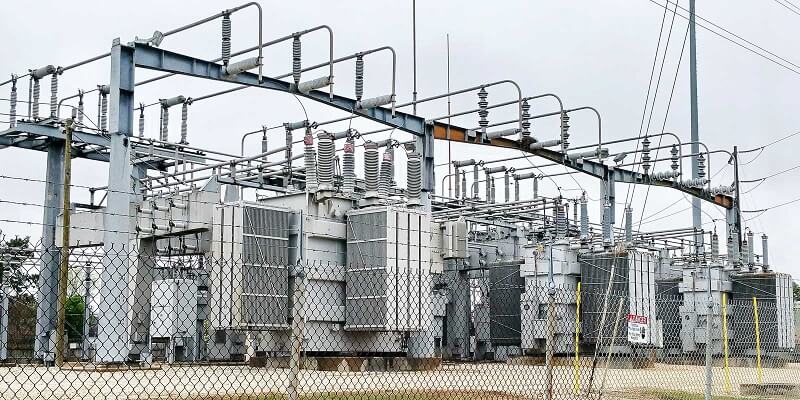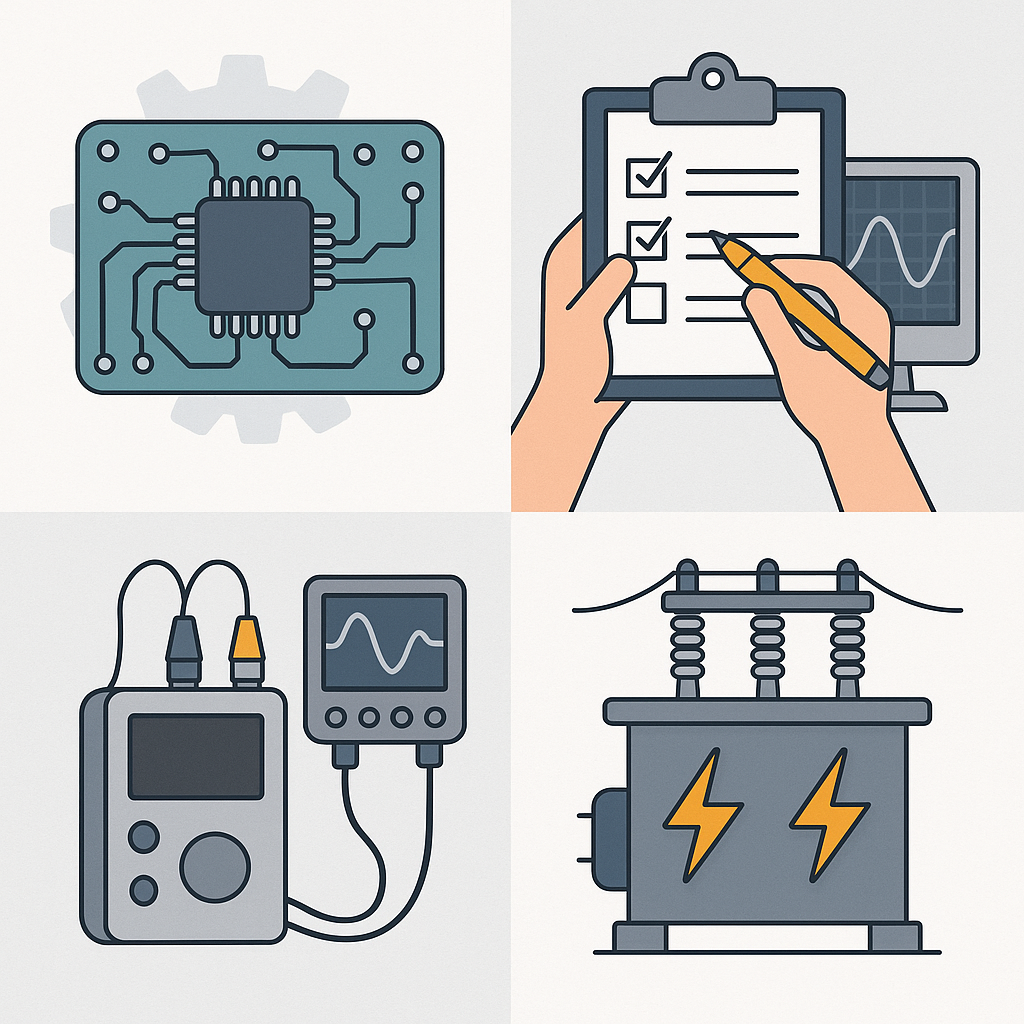Maximize innovation in electrical engineering. Electrical engineering firms in the U.S. are actively developing new power‑system architectures, control systems, embedded electronics, sensor networks and smart grid technologies. Many such efforts qualify for the federal R&D Tax Credit under IRC §41, plus state‑level incentives may apply.


Examples of qualifying activities in electrical engineering
- Embedded Electronics & Control Development Developing advanced circuit boards, novel sensor/actuator networks, new firmware logic, power‑management ICs, or sensor‑integrated systems.
- Power Systems & Grid Innovation Testing new microgrid architectures, renewable‑integration systems, active network control, smart‑metering networks, energy storage and power conversion innovations.
- Electrification & Motor Drive Systems Experimenting with high‑efficiency motor drives, power electronics, inverter topologies, EV charging systems, thermal management of electronics.
- Sensor Networks & IoT Applications Designing architectures of sensors, data‑collection systems, edge computing, embedded analytics, real‑time control loops in industrial or building systems.
- Optoelectronics / Lighting Systems Developing advanced LED systems, lighting control networks, adaptive lighting solutions, integrated sensors for lighting/performance optimization.
- Electromagnetic Compatibility & Materials Testing new insulating materials, electromagnetic interference reduction architectures, advanced PCBs with new material substrates, novel conductor/insulator systems.
What qualifies as R&D in electrical engineering?

To qualify, activities must:
- Pursue a permitted purpose — a new or improved electrical system, component, embedded control, power architecture or network
- Address technical uncertainty about capability, method, or design of the electrical or electronic system (e.g., reliability, control logic, thermal management, integration)
- Follow a process of experimentation — via prototypes, simulation, embedded firmware testing, field trials or sensor monitoring
- Be technological in nature, grounded in electrical engineering, electronics, power systems, control systems, communications or material science
Qualified Research Expenses (QREs)
Roles commonly involved
- Electrical design leads working on novel circuitry and systems
- Embedded systems engineers, firmware/software specialists
- Power systems architects and analysis specialists
- Sensor/data engineers and IoT system integrators
- Research labs: power electronics, materials, EMC testing houses
What does not qualify
- Routine electrical engineering design using conventional components and known methods without experimentation
- Routine supply, installation or maintenance of electrical systems without new development
- Construction of standard systems using off‑the‑shelf components if no technical uncertainty was resolved
- Aesthetic or purely regulatory compliance work (unless driven by innovation)
Compliance and Documentation
Following the One Big Beautiful Bill Act (OBBBA) signed July 4, 2025, §174 now allows immediate expensing of domestic research expenses for tax years beginning on or after January 1, 2025. Taxpayers may also elect optional amortization under new §174A. Foreign research expenses must still be amortized over 15 years. This is separate from the §41 credit but impacts overall tax planning.
Electrical engineering firms should:
- Write project briefs describing technical uncertainty (e.g., new power‑conversion topology, embedded sensor system, robust grid architecture)
- Maintain prototypes, test logs, simulation runs, firmware versioning, sensor output logs
- Track employee time spent on qualified research tasks vs standard design/maintenance tasks
- Retain contracts/scopes showing rights and risk retention for research outcomes Proper documentation strengthens audit readiness under the IRS four‑part test.
Frequently Asked Questions


Yes — when they engage in new/control systems, power architectures, sensor networks, embedded electronics or electrification innovations, they may qualify.


Wages of engineers and technologists working on innovation, materials for prototypes (PCBs, sensors, power electronics), simulation/embedded software platforms, and contract research testing.


Examples: microgrid architecture testing, EV charging system development, sensor networks for industrial systems, embedded control logic, custom power‐electronics topologies, advanced lighting/sensor integrated systems.


Standard electrical design work using proven systems, electronics assembly without design/innovation, regular maintenance/upgrades without solving technical uncertainty, and purely regulatory or aesthetic tasks.


Project narratives with hypotheses and technical uncertainty, version control logs for firmware/software/hardware, test data, simulation logs, time logs for personnel engaged in research tasks, sensor/field data.


It varies based on the scope and investment in research. Firms with significant innovation programs may capture substantial credits; smaller firms focusing on isolated experiments may still capture a meaningful amount.
Next Steps
Use our calculator to estimate your potential federal and state benefits
Schedule a consultation to structure your row crop research activities
If you are innovating in agriculture, you may already be doing R&D. Let's make sure you are rewarded for it.
Contact Strike Tax Advisory
Ready to maximize your R&D tax credits? Get in touch with our team of experts.






